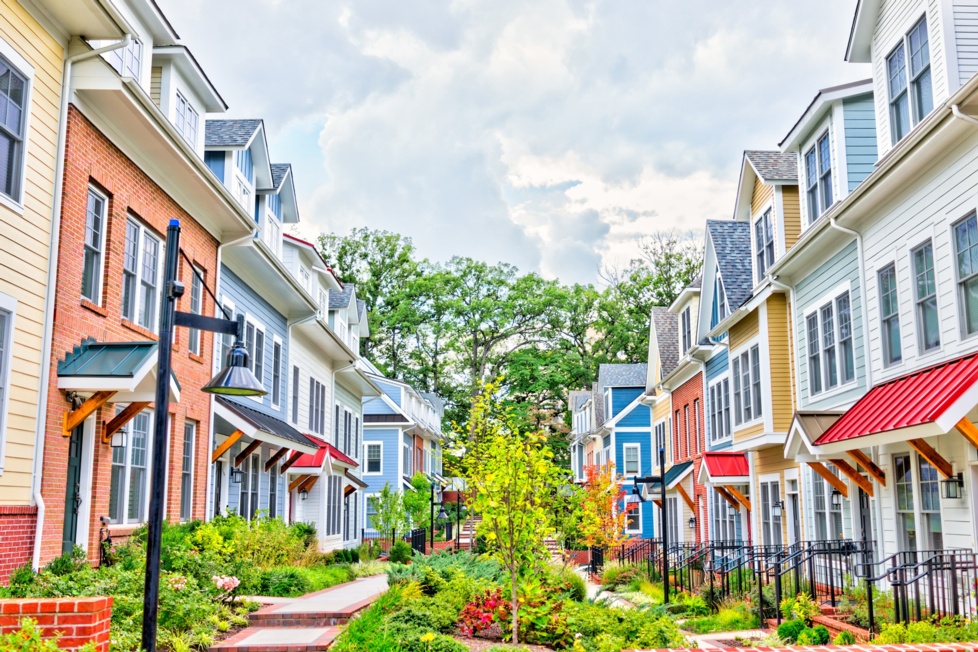October 2018
One of the best – and rarest – attributes a company can possess is pricing power. Such an ability allows a company to grow margins and profits when times are good (via price increases) and allows it to absorb input cost increases and pass these onto others (usually consumers) when times are tougher. Typically, building-materials companies have low pricing power unless construction is running hot. This is because the products most building-materials companies sell are so alike. If people find one brand of plasterboard to be expensive, they’ll buy another.
In the building-materials sector, James Hardie Industries stands out as a rare business with pricing power. The company founded in Melbourne in 1888 has been able to keep its gross margin steady at about 35%, despite large fluctuations in end market activity, because the fibre-cement products for home exteriors it sells have superior attributes to alternative products, and have little viable competition. The company has 90% share of its category of the fibre-cement market in the US, the source of US$1.6 billion of its US$1.9 billion of revenue for fiscal 2018.
The best test of the resilience of its business came during the trough of the housing downturn in the US, when construction activity had fallen 75% from the peak. At this point, when many of James Hardie’s building-material peers were losing money, James Hardie made over US$200 million in earnings before interest and tax and enjoyed over 20% profit margins. Albeit, we note the resilience of James Hardie’s profitability is important when you consider that 35% of the company’s free cash flow is set aside for an Australian asbestos victims compensation fund until 2045.
For the past two decades in the US, fibre cement has been taking share from other forms of siding (vinyl, brick, wood) because of its superior durability and ‘kerb appeal’ – it looks better on the house than cheaper alternatives such as vinyl. We think James Hardie’s siding can increase its share of the US cladding market from 20% to 30% over the next decade. Management have an even more aspirational target of 35% market share in the long term.
We believe James Hardie shares are undervalued as the market focuses on short-term issues. The first is that investors are waiting to see how the transition goes later this year when long-serving CEO Louis Gries retires and is succeeded by Jack Truong, who will be new to the company. The second is that growth in siding revenue is falling towards the growth rate of the overall cladding market. James Hardie used to record sales growth about 6 percentage points higher than the market; now that’s down to about 2 percentage points, below management’s target of being 6 points higher. The last is that investors are concerned that rising US interest rates are slowing housing activity in the US. Even allowing for some merit in these cyclical concerns, we believe the structural market share shift to fibre cement is intact and are happy to own the shares at these prices.
To be sure, a US economic slowdown is always a risk for James Hardie, which is now domiciled in Ireland. However, we take comfort in a few data points. Over the past 100 years, the US has built 1.5 million new houses (including units) per year on average. At the peak of the housing boom in 2005, the US built 2.1 million houses. At the moment, new housing starts are 1.2 million, 20% below the historic ‘mid-cycle’ level. Further, James Hardie’s US business has a higher exposure to the repair and remodel market, for which demand remains strong.
On our estimates, James Hardie is priced at 16 times on a price-earnings multiple based on expected earnings for fiscal 2020. We think it unusual that James Hardie is cheaper than Dulux, another high-quality building-products company, but one with steady rather than growing market share. This says to us that investors overall don’t believe that James Hardie can gain greater share in US siding.
We think such a view is too pessimistic. James Hardie’s US sales force of 350 people is bigger than the combined sales teams of its siding competitors, and it has the highest profit margins, which gives the company more scope to lean on pricing to drive sales volumes, if necessarily. Such is the benefit of having pricing power.
Sources: Company filings and website.
